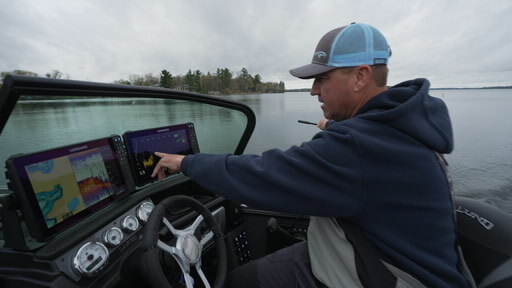Spring Crappie Fishing: A Comprehensive Guide
Table of Contents
Understanding Spring Crappie Behavior
The Pre-Spawn Phase
The Spawn
Post-Spawn Activity
Essential Gear for Spring Crappie Fishing
Choosing the Right Rod and Reel
Fishing Line
Top Baits and Lures

Where to Find Crappie in Spring
Pre-Spawn Locations
Spawning Grounds
Post-Spawn Areas

Techniques for Spring Crappie Fishing
Casting Jigs
Vertical Jigging
Slip Bobber Fishing
Using Crankbaits and Jerkbaits

Best Baits and Lures for Spring Crappie
Live Minnows
Soft Plastics
Crankbaits and Jerkbaits

Tips for Success
Adjust Your Presentation
Time Your Fishing
Fish Slowly and Precisely
Conclusion
Shop Crappie Fishing Gear

